Electroculture is a fascinating and growing field of agriculture that uses electric fields to stimulate plant growth. One of the key components of an electroculture system is the electroculture antenna. In this article, we will discuss everything you need to know about electroculture antennas, including what they are, how they work, and how to build your own.
References:
- https://groups.google.com/g/mozilla.dev.platform/c/gcvKyDCLARQ
- https://groups.google.com/a/chromium.org/g/chromium-reviews/c/MIVh0X4jq50
- https://groups.google.com/g/comp.os.vms/c/Li7yVL
- https://groups.google.com/g/microsoft.public.project/c/qfZ9TW9z464
What is an electroculture antenna?
An electroculture antenna is a device that is used to create an electric field in the air. This electric field can then be used to stimulate the growth of plants. Electroculture antennas can be made from a variety of materials, including copper wire, aluminum foil, and even cardboard.
How do electroculture antennas work?
When an electric current is passed through an electroculture antenna, it creates an electric field around the antenna. This electric field can then be used to stimulate the growth of plants in a number of ways.
- Increased cell division: The electric field can cause plant cells to divide more rapidly, which can lead to faster growth.
- Improved nutrient uptake: The electric field can also help plants to absorb nutrients from the soil more efficiently.
- Increased chlorophyll production: Chlorophyll is the pigment that gives plants their green color. The electric field can help plants to produce more chlorophyll, which can lead to increased photosynthesis and growth.
- Enhanced disease resistance: The electric field can help plants to resist diseases by activating their immune systems.
How to build your own electroculture antenna
There are many different ways to build an electroculture antenna. One simple method is to use copper wire to create a spiral coil. The coil should be about 1 foot in diameter and 6 inches tall. The coil can then be mounted on a wooden stake and placed in the ground near your plants.
Benefits of using electroculture antennas
There are many benefits to using electroculture antennas. Some of the most common benefits include:
- Increased yields: Studies have shown that electroculture antennas can increase yields by up to 30%.
- Improved crop quality: Electroculture antennas can help to improve the quality of crops by making them more resistant to pests and diseases.
- Reduced need for pesticides: Electroculture antennas can help to reduce the need for pesticides by making plants more resistant to pests.
- More sustainable agriculture: Electroculture is a more sustainable form of agriculture than traditional methods because it does not rely on the use of chemicals.
Here are some additional tips for using electroculture antennas:
- The best time to use electroculture antennas is during the growing season.
- The antennas should be placed near the plants, but not so close that they touch the leaves.
- The antennas should be turned on for at least 8 hours per day.
- It is important to experiment with different antenna designs and configurations to find what works best for your specific plants and growing conditions.
Conclusion
Electroculture antennas are a simple and effective way to improve the growth of your plants. If you are looking for a way to increase your yields and improve the quality of your crops, then electroculture may be a good option for you.
--You received this message because you are subscribed to the Google Groups "Broadcaster" group.
To unsubscribe from this group and stop receiving emails from it, send an email to broadcaster-news+unsubscribe@googlegroups.com.
To view this discussion on the web visit https://groups.google.com/d/msgid/broadcaster-news/bb9a9054-b8bf-42cc-b489-73415fa4e515n%40googlegroups.com.
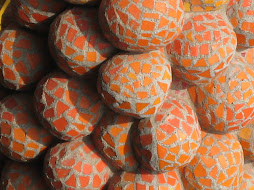


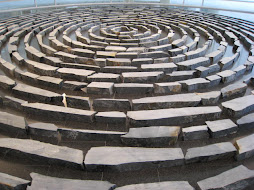


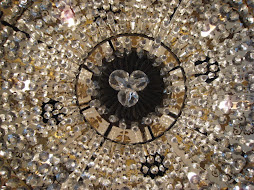

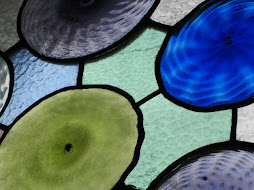


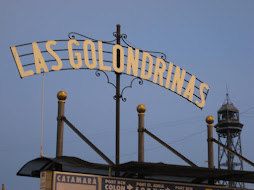
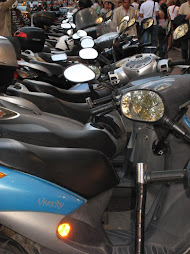
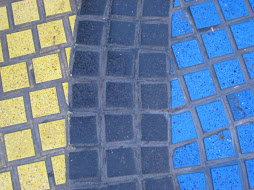





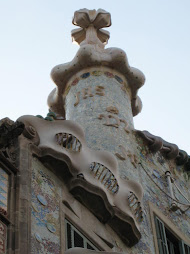

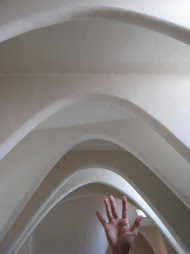
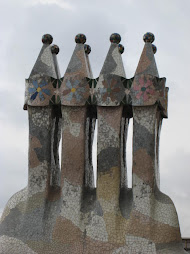
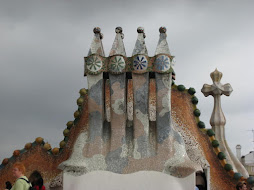
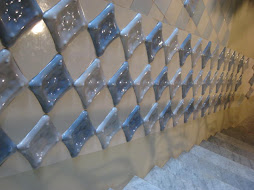


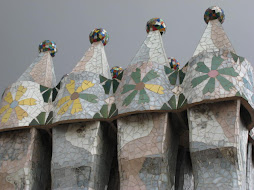
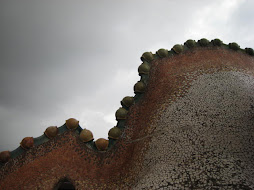





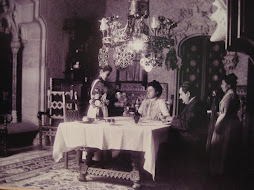
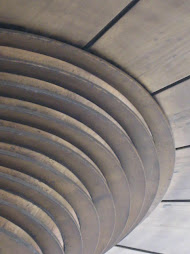
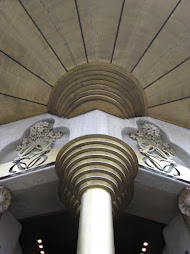
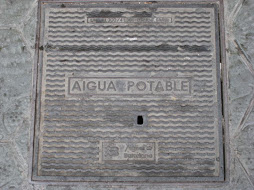
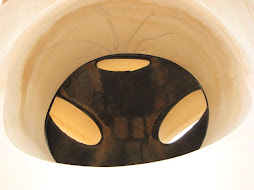

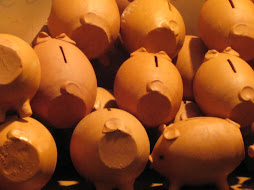
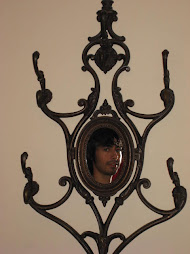
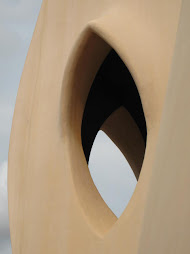
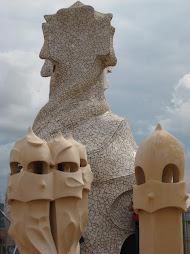
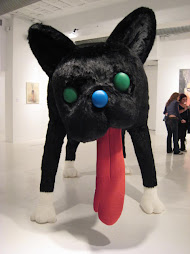
Sem comentários:
Enviar um comentário